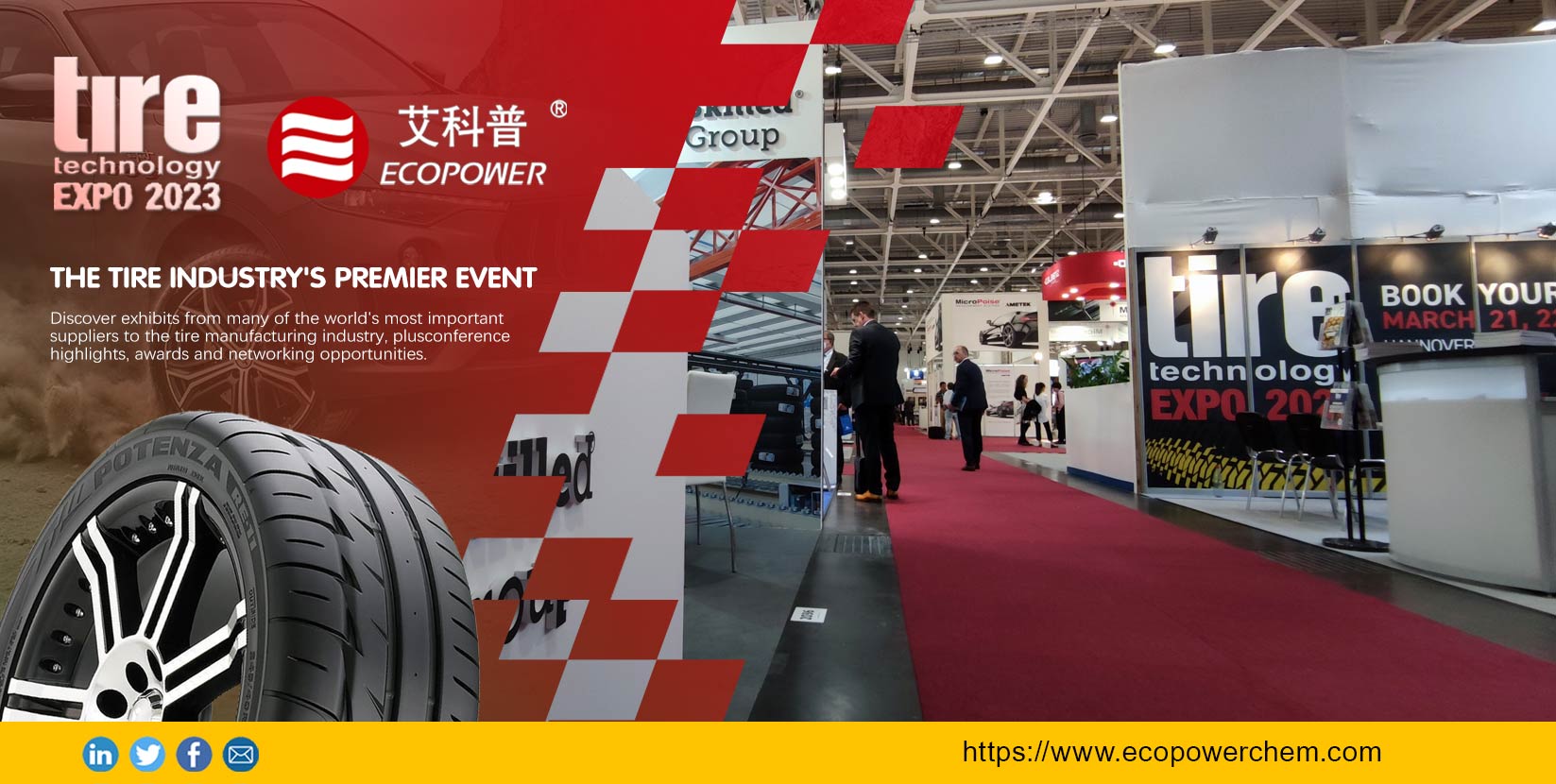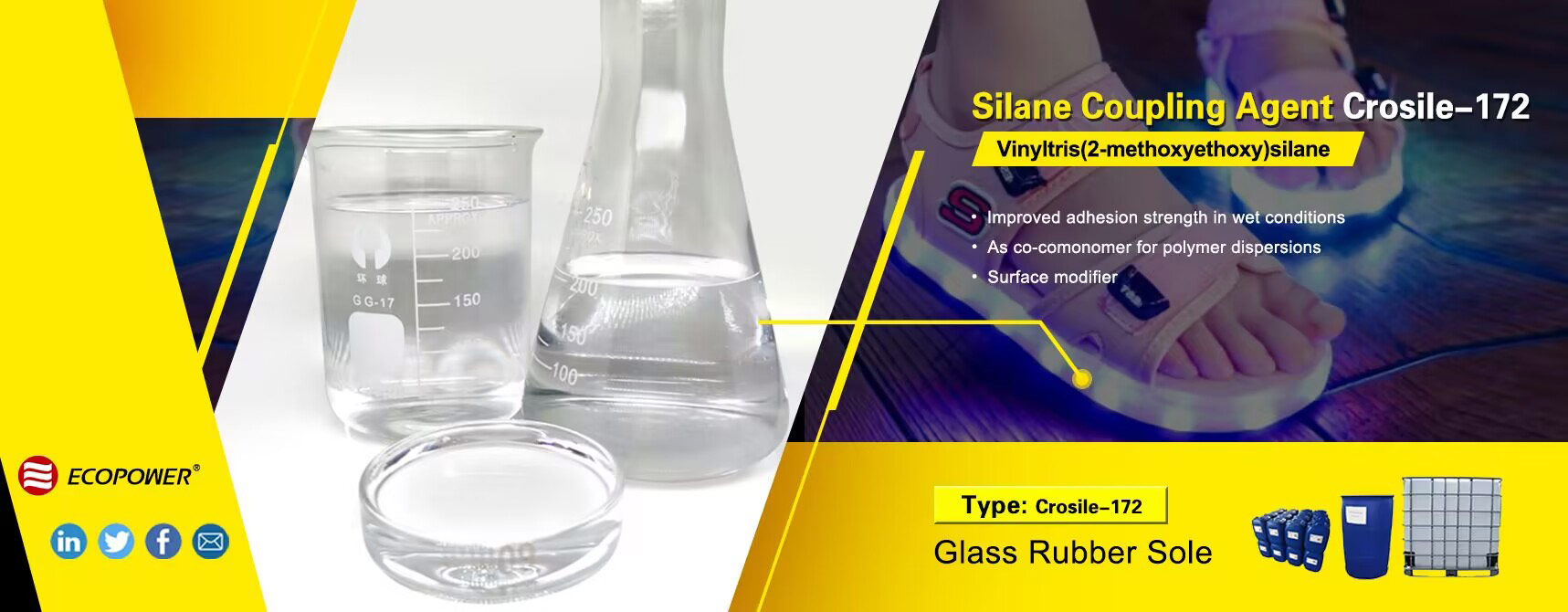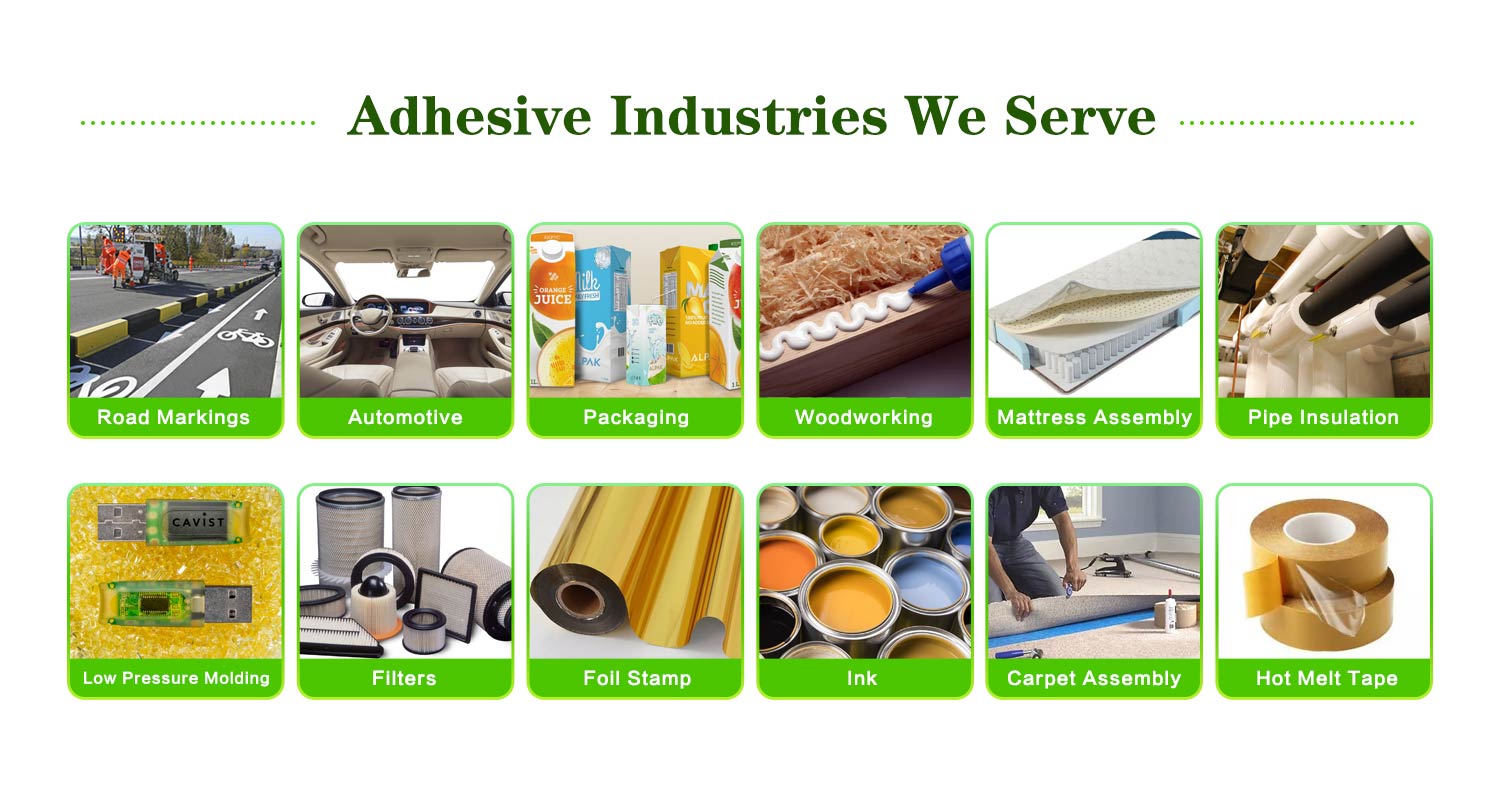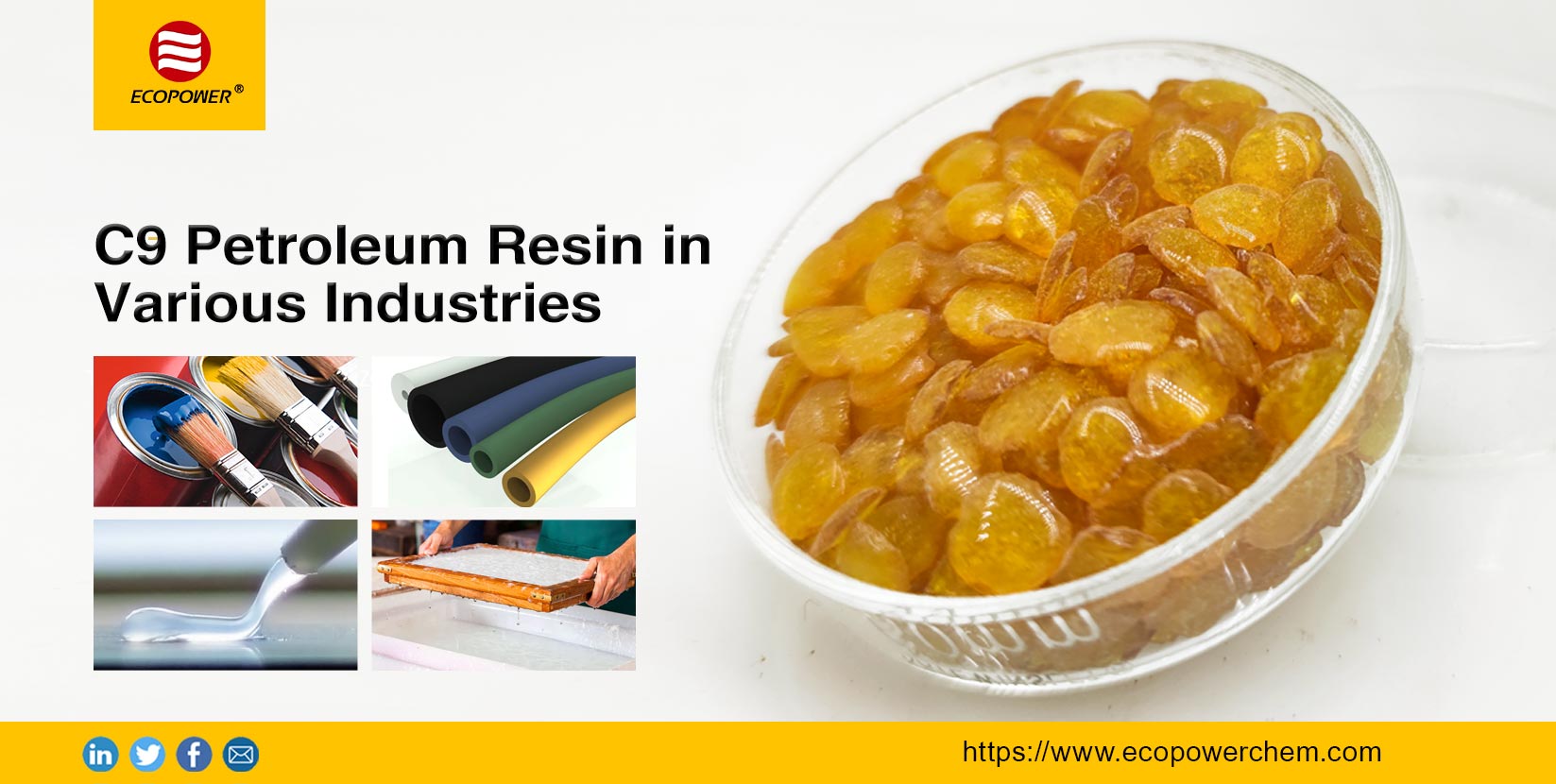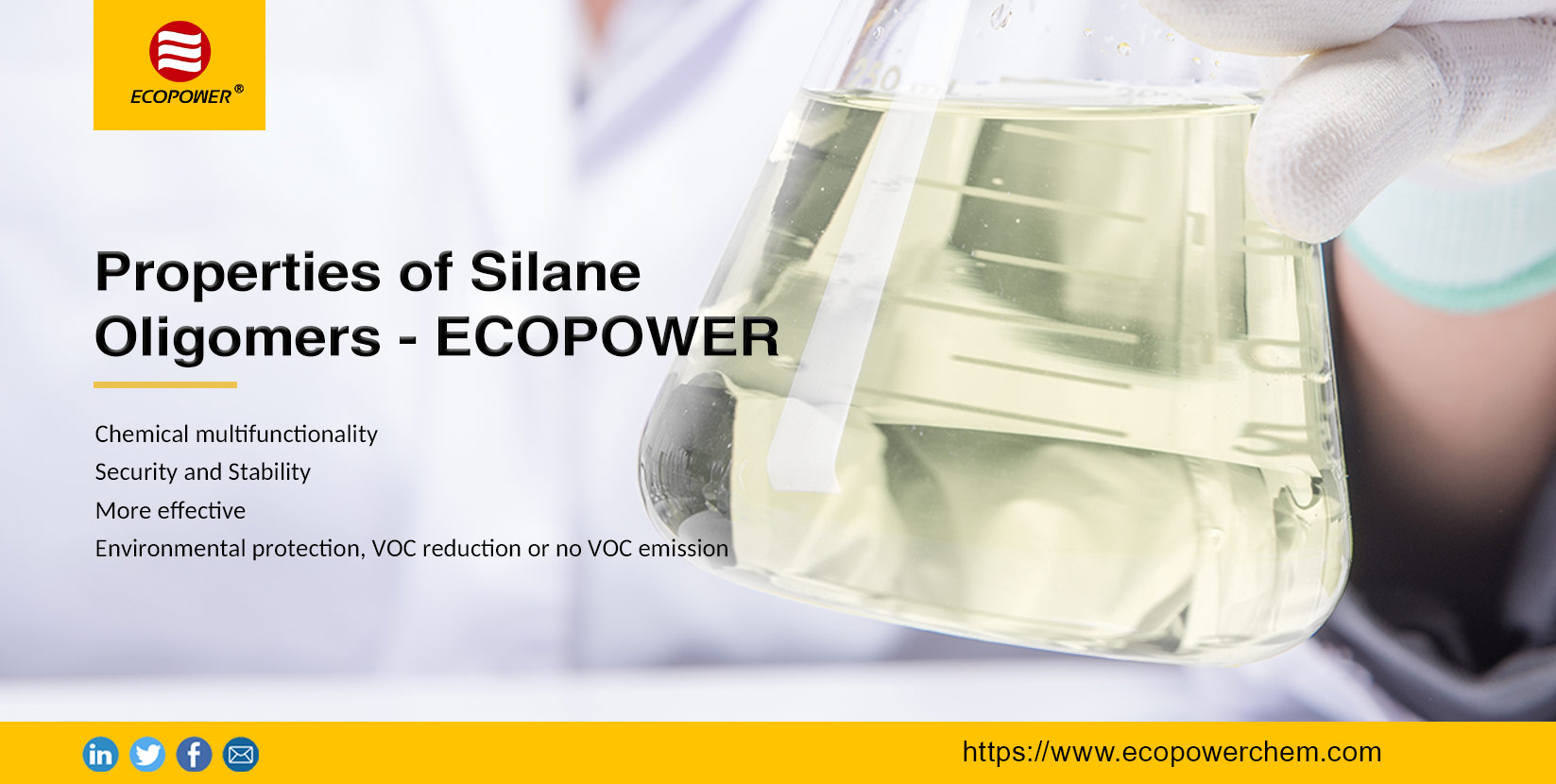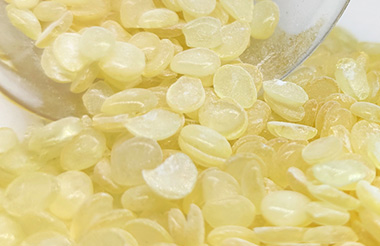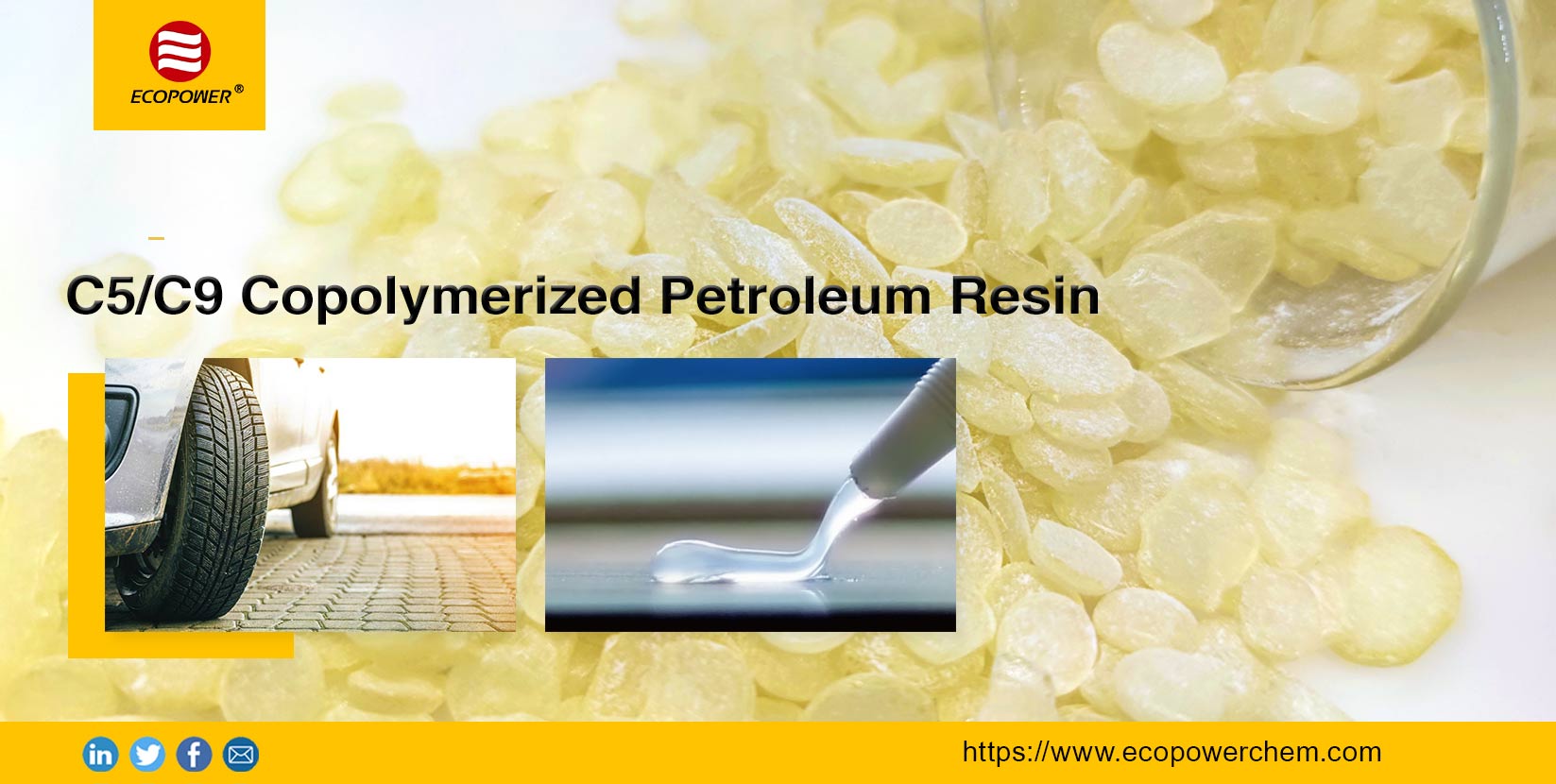Dec / 09, 2022
Typical Application of Vinyl Silane Coupling Agent - ECOPOWER
Typical Application of Vinyl Silane Coupling Agent Crosile®172 Vinyl tris(2-methoxyethoxy) silane is a bifunctional molecule that can react with both inorganic fillers and organic polymers. Can be used as an adhesion promoter for many minerals: aluminum hydroxide, magnesium hydroxide, kaolin, silica, etc. filled polymers, improving their mechanical and electrical properties, especially after exposure to moisture. Better results. Once combined with inorganic fillers, Crosile® 172 Vinyltris(Beta-Methoxyethoxy)Silane will hydrophobize the filler surface, this effect can improve the compatibility of fillers and polymers, resulting in better dispersion, lower melt viscosity and easier processing of filled plastics. Modify ultrafine powders such as aluminum hydroxide, magnesium hydroxide, kaolin, and silicon dioxide, so that ultrafine powders with large surface area, surface energy, and surface activity and strong adsorption tendency can achieve the best modification effect, fundamentally Above all, the problems of coalescence of ultrafine particles, insufficient modification and uneven dispersion are solved. Active halogen-free flame retardants made of modified aluminum hydroxide and magnesium hydroxide are widely used in (ships, aircraft, mines, subways, power stations, conveyor belts, etc.) wire and cable, electrical switches, engineering plastics, decorative materials, Flame retardant for coatings and fabrics. In the manufacture of wires and cables, this product is widely used to treat fillers [AL(OH)3, Mg (OH)2, quartz, titanium dioxide, etc.] of cross-linked polyethylene composites to improve the physical properties of fillers and protect the interface from Moisture erosion. The proportion of filler can be increased, and the tensile strength can be doubled, and the dielectric constant can be increased tenfold. Crosile®172 is also used in high voltage cable formulations of ethylene-propylene copolymers and ethylene-propylene-diene terpolymers to treat talc, quartz, and fillers. It can improve the electrical and mechanical properties of the cable insulation layer. It has the advantages of shortening mixing time, rapid extrusion, and improving mold wear. In view of the advantages of low comprehensive cost and good process performance of this product, it has been adopted by the industrial standard specification of American ethylene propylene copolymer, ethylene, propylene diene EPDM rubber and cross-linked polyethylene wire and cable. In cross-linked polyethylene and surface track. The addition of modified polypropylene to this product can improve the adhesion of these polymers to the surface of inorganic fillers. This product can also be used to improve the adhesion of acrylic paints to the surface of inorganic fillers.
View More
 Whatsapp us
Whatsapp us
